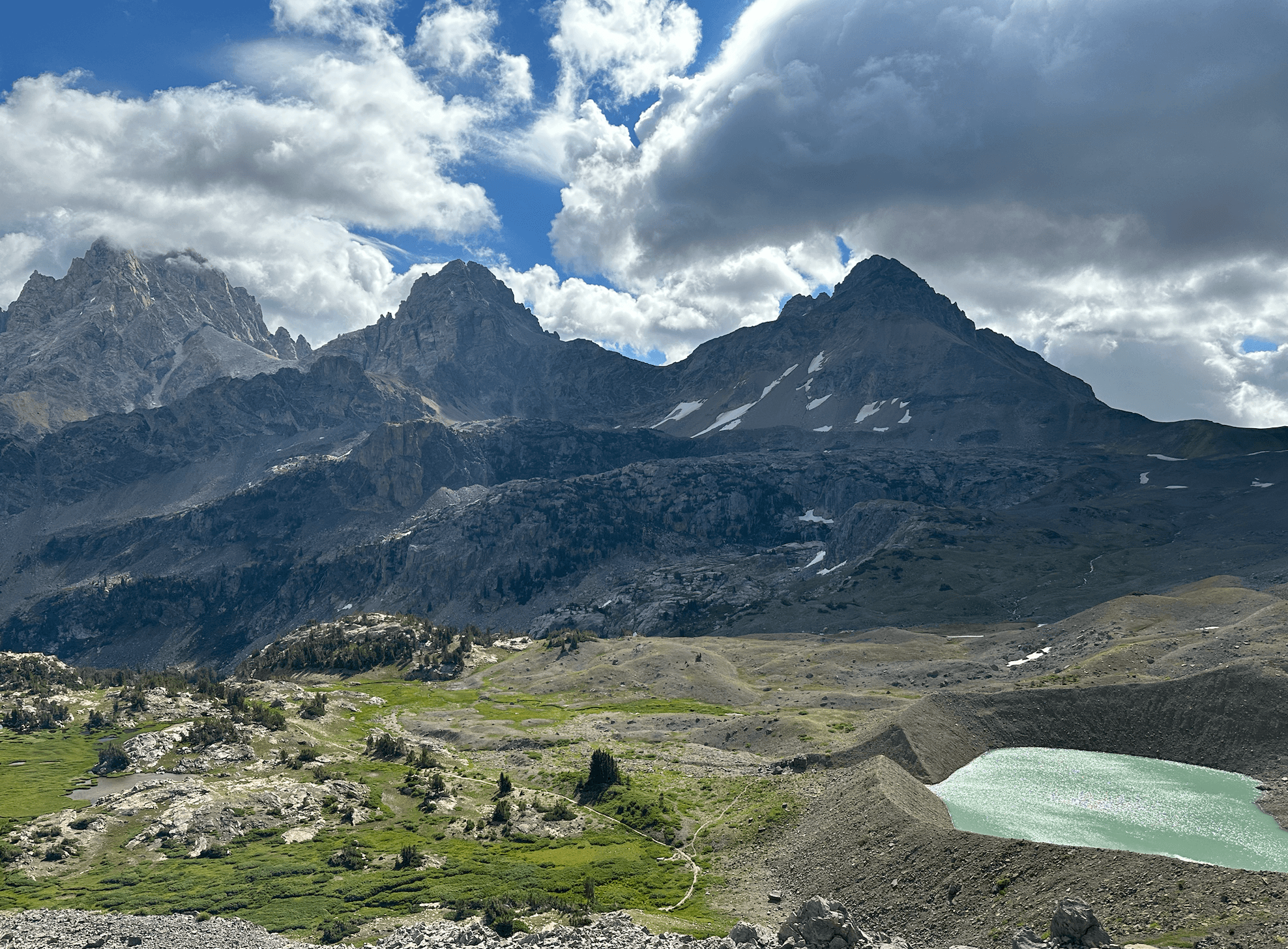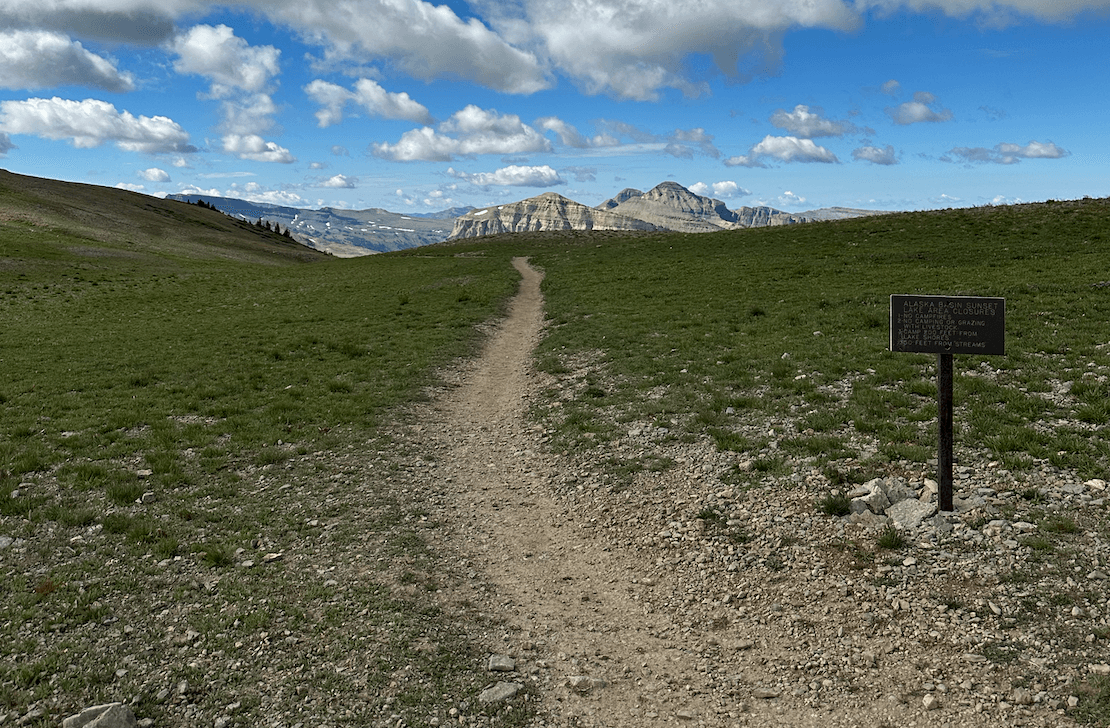Not for the Faint of Heart: 4 of Jackson Hole’s Most Challenging Hikes

After you’ve checked some beginner and intermediate hikes off your list, get ready to challenge yourself with a more difficult adventure in Grand Teton National Park.
These hikes aren’t for people who like to hike now and then. They are for people who are experienced in the backcountry and have the skills, training, and preparation necessary to safely enjoy these adventures. Mountaineering experts who have experience with high-elevation summits and rock climbing may be ready to embark on some of these adventures. If you’re not sure if you’re ready, guide services may be a good option.
Before setting out on any of these excursions, be sure you have the skills, experience, and gear for a safe trip. Spend some time preparing for your hike and planning carefully. Check conditions before you head out, and know that Grand Teton National Park’s rangers are a great resource. Snow and ice can linger well into the summer, creating hazardous conditions, so you may need to bring ice axes and crampons and know how to use them. Be prepared for high-elevation hiking, and follow the park’s tips for recreationists.
An early start is key on these ambitious hikes since summer afternoons often bring thunderstorms. Check the weather report, be aware of the potential for rapidly changing conditions, and always have a plan if a storm rolls in. Be bear aware, bring bear spray, and follow the park’s bear safety advice.
If your route involves spending a night in Grand Teton National Park, plan your backcountry trip in advance and obtain a backcountry permit.

South Teton and Middle Teton
This classic Teton climb involves ascending both the Middle and South Tetons, which are each over 12,500 feet in elevation. Be prepared for Class 3 scrambling, and potentially Class 4 depending on your route, and make sure you have good route finding abilities. Be sure to get a very early start from the Lupine Meadows Trailhead, or obtain a backcountry permit to camp on the way up and make your peak push early the next morning. Expect hazards like snow and ice, as well as loose rocks, and consider bringing an ice ax, crampons, and a helmet to brave these conditions. Be sure to be well-prepared and ask Grand Teton’s climbing rangers about trail conditions before setting out.

Hurricane Pass
Enjoy great views of the Tetons and Schoolroom Glacier on this incredibly scenic hike up Grand Teton National Park’s Hurricane Pass. You can either hike the whole way, starting at the Jenny Lake Trailhead, or opt for the shuttle boat to cross the lake. Once you’re on the other side of Jenny Lake, hike the South Fork of Cascade Canyon and cross 10,400-foot Hurricane Pass. If you hike the whole way, out and back, plan on nearly 24 miles with 4,370 feet of elevation gain. If you cross the lake via the shuttle boat, the route will be 20 miles with 4,120 feet of elevation gain.
Paintbrush Canyon – Cascade Canyon Loop
This 20-mile loop with great views of Mt Moran and other peaks provides stunning scenery and is an incredible Teton adventure. Start early and plan 11-14 hours for this very strenuous hike. You’ll gain 4,480 feet of elevation over the day, and you may cross scree fields that still hold snow, especially when crossing the 10,400-foot Paintbrush Divide.

Teton Crest Trail
Hike along the crest of the Teton Mountain range on this iconic multi-day backpacking trip. You have a few different options for the starting point, including taking the Jackson Hole Aerial Tram to the top of Rendezvous Mountain. If you hike the full route from Phillips Pass (which is outside the park), you’ll hike 39 miles one way to String Lake (be sure to set up a car shuttle in advance), and gain around 9,000 feet in elevation. Planning in advance is key, and obtain the necessary backcountry permits.
Whichever hike you choose, be sure to take all the precautions to have a safe trip and make sure the hike or mountaineering adventure is within your level of skill and experience. If you’re not sure, hire a local guide service.


